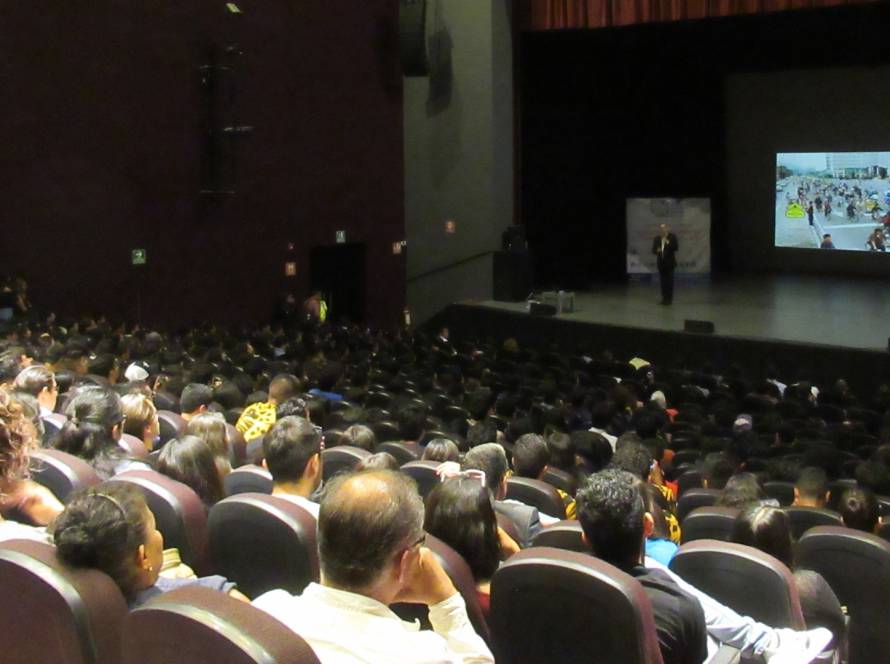Key Takeaways
⇢ Cycling symbolizes autonomy, health and sustainability, but its rise depended on
systemic shifts in street design and social norms—not on bikes alone.
⇢ Transitions demand holistic, multi‑level strategies that integrate infrastructure,
behaviour change, policy, culture, and institutions.
⇢ Decisions about which uses, users and values streets prioritize reflect and
reinforce power relations—visible (“who sets lanes?”) and hidden (“whose voice
shapes policy?”).
⇢ Without first‑hand experimentation, cities cannot appreciate what a reclaimed
street can become.
⇢ Activism is plural, personal, and essential for shifting entrenched systems.
Summary
a. Despite growing interest in walking and cycling, private car travel remains the
predominant mode for daily commutes due to deep behavioural and infrastructural
lock‑ins.
b. Urban mobility is a complex socio-technical system
○ Technological fixes, such as automated cars, alone won’t overcome long-
established behaviours or cultural norms.
○ Aggregated polls conceal crucial differences by gender, income, geography
or age. Disaggregation is essential to design interventions that serve all
populations.
○ Understanding enablers is essential – tactical urbanism generates
enthusiasm but rarely endures without clear pathways to permanence.
c. Streets can—and should—be repurposed for health (active play), equity (female
emancipation), food security (pop‑up markets, urban agriculture) and cultural
expression.
d. Public space is inherently political – planning decisions reflect and reinforce power
relations.
e. Lasting transitions depend on individuals discovering their own forms of activism, whether quietly cycling with a child or engaging in a more overt street takeover that is aligned with personal comfort and identity.
f. Academics, practitioners, and officials are equally responsible for bridging research and action and cultivating the tenacity, audacity, and endurance to work with complex urban systems.
How can Cities apply these learnings?
a. Reallocate Curb & Carriageway Space:
○ Pilot protected bike lanes by repurposing a traffic lane or parking strip.
○ Introduce parklets and sidewalk extensions in commercial corridors.
○ Convert under‑used parking into pocket parks or seating.
b. Activate bottom‑up advocacy and co‑design: offer small grants or participatory
budgeting, enabling residents to propose and prototype street transformations.
c. Establish clear policy pathways for quick demos to translate into permanent
design.
d. Embed pilot evaluation metrics (usage counts, safety incidents, business sales)
into city performance reviews.
e. Conduct participatory power‑mapping workshops with residents, officials and
NGOs.
Interesting resources
a. Barcelona School‑Street Closure – Community volunteers transformed a block
into a 45‑minute car‑free play street for children.
b. Socio‑Ecological Model of Health – Public health framework mapping multi‑level
determinants of behaviour change.
Ideas for further reading
a. Cities and Regions as Self-Organizing Systems: Models of Complexity – Book by
Peter M. Allen
b. Geels, F. W. (2004). From sectoral systems of innovation to socio-technical
systems: Insights about dynamics and change from sociology and institutional
theory. Research Policy, 33(6-7), 897-920.
https://doi.org/10.1016/j.respol.2004.01.015
c. McLeroy, K. R., Bibeau, D., Steckler, A., & Glanz, K. (1988). An Ecological
Perspective on Health Promotion Programs.
https://www.cceb.med.upenn.edu/sites/default/files/uploads/chbr/1988-McLeroy-
An_Ecological_Perspective_on_Health_Promotion_Programs.pdf
d. Nikolaeva, A. The politics of non-knowing, smart technology and just mobility
transitions: A case study and research agenda. Environment and Planning F.
https://doi.org/10.1177/26349825241228591


